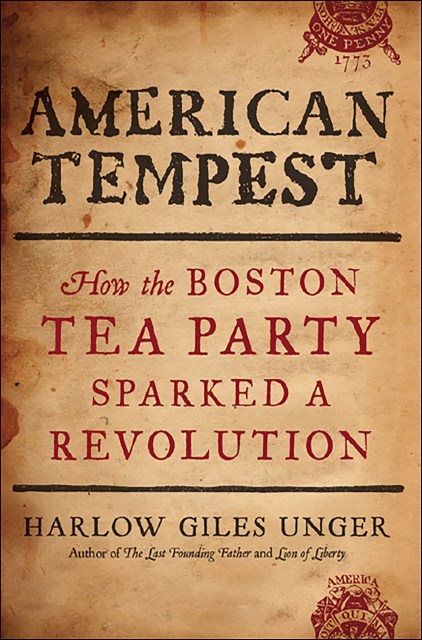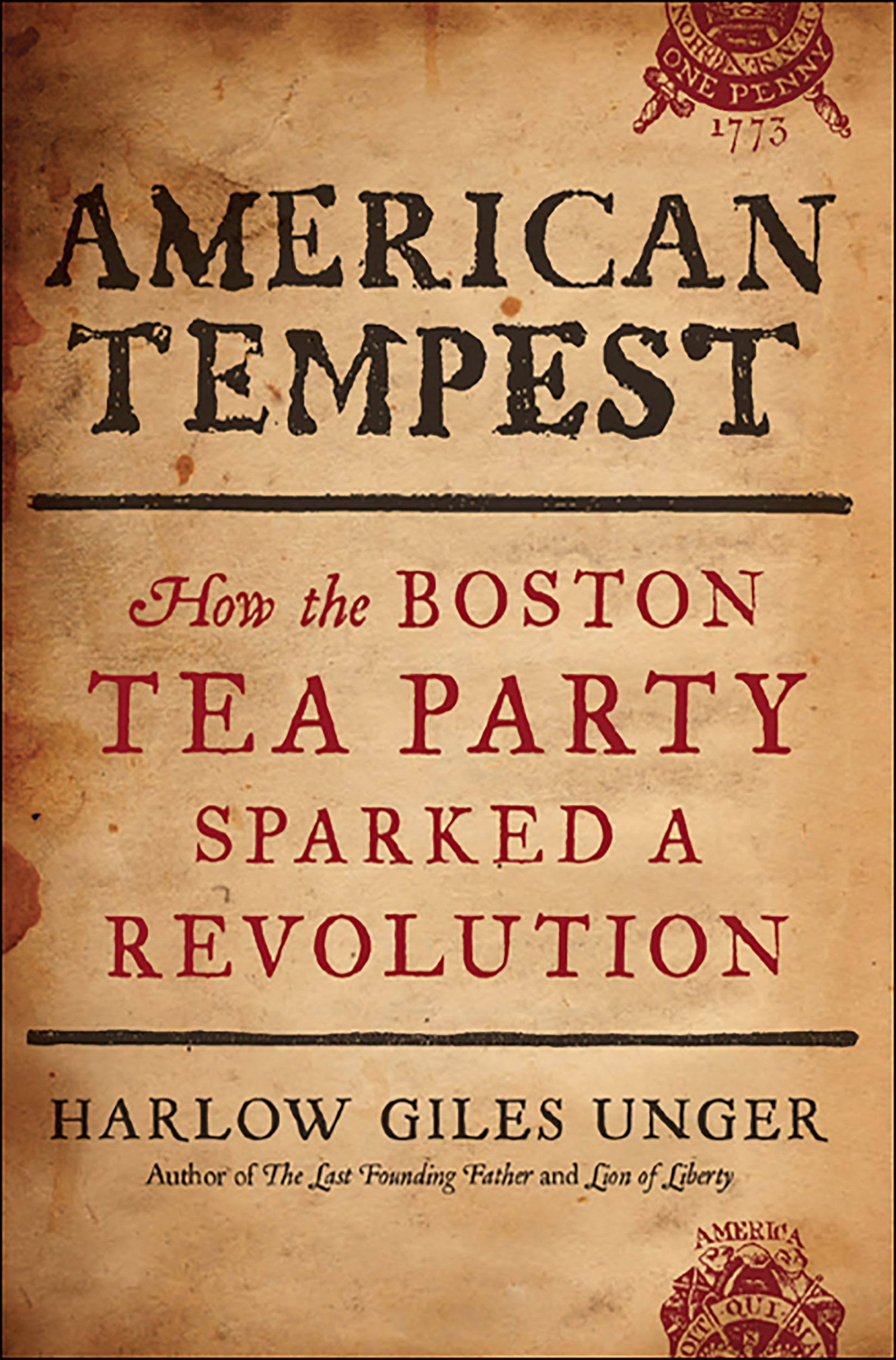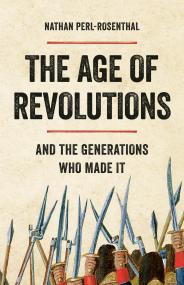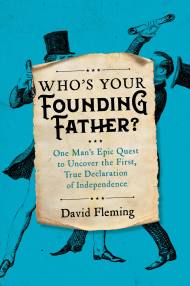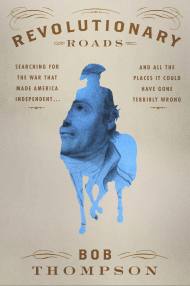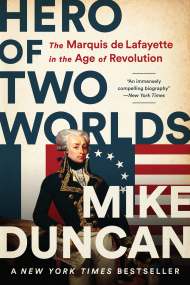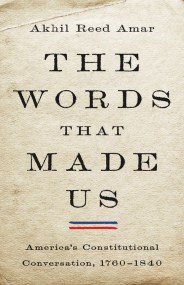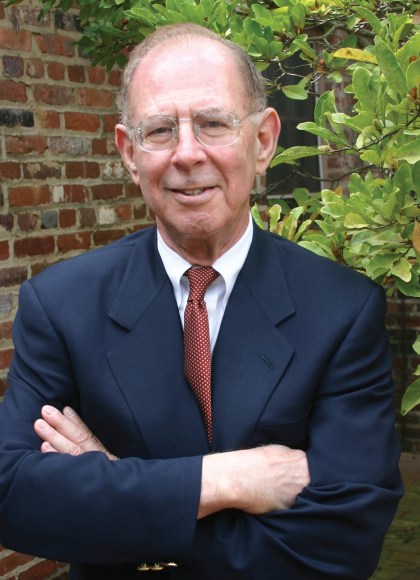Promotion
Shop now and save 20% on your back-to-school purchases & get free shipping on orders $45+ Use code: SCHOOL24
American Tempest
How the Boston Tea Party Sparked a Revolution
Contributors
Formats and Prices
Price
$9.99Price
$11.99 CADFormat
Format:
- ebook $9.99 $11.99 CAD
- Trade Paperback $21.99 $28.99 CAD
This item is a preorder. Your payment method will be charged immediately, and the product is expected to ship on or around March 8, 2011. This date is subject to change due to shipping delays beyond our control.
Also available from:
The Boston Tea Party provoked a reign of terror in Boston and other American cities as tea parties erupted up and down the colonies. The turmoil stripped tens of thousands of their homes and property, and nearly 100,000 left forever in what was history’s largest exodus of Americans from America. Nonetheless, John Adams called the Boston Tea Party nothing short of “magnificent,” saying that “it must have important consequences.”
Combining stellar scholarship with action-packed history, Harlow Giles Unger reveals the truth behind the legendary event and examines its lasting consequence–the spawning of a new, independent nation.
- On Sale
- Mar 8, 2011
- Page Count
- 304 pages
- Publisher
- Da Capo Press
- ISBN-13
- 9780306819766
Newsletter Signup
By clicking ‘Sign Up,’ I acknowledge that I have read and agree to Hachette Book Group’s Privacy Policy and Terms of Use
